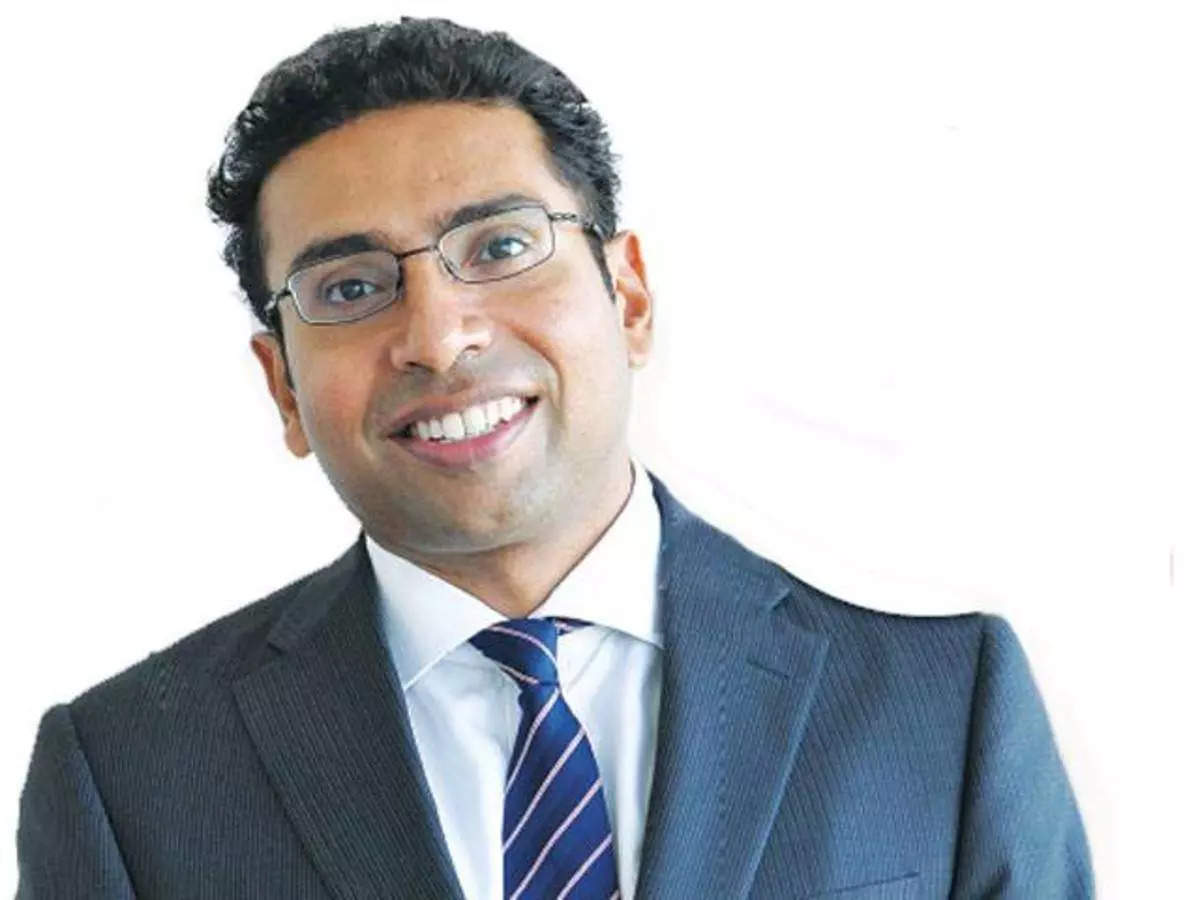Saurabh Mukherjea picks 3 new stocks for HNI investors in his PMS fund
Mukherjea said City Union Bank's valuations are attractive at 1.1x FY25E P/B. Marcellus said that considering the bank’s stability and strong track record in the management team and its conservatism through multiple cycles in the past, the trend of consistent growth can continue in the future as well.
Dalal Street's top stock picker , who handles HNI money worth around Rs 8,500 crore in his PMS firm , has picked three new stocks in his portfolio recently - , , and .While adding the smallcap City Union Bank to his financials-focused Kings of Capital Portfolio (KCP) fund, Mukherjea said the stock's valuations are attractive at 1.1x FY25E P/B.
"The bank has a long history of careful underwriting and a never-too-aggressive loan growth strategy. The bank’s strength lies in having a loyal customer base which has been built over generations leading to a stable liability franchise as well as the ability to underwrite better. The bank has grown its loan book at a CAGR of 15% over FY11-21; though the growth has slowed down in the last 2 years (9% CAGR) owing to specific industry-wide and company-specific issues," Marcellus said in a note to clients.
Considering the bank’s stability and strong track record in the bank’s management team and its conservatism through multiple cycles in the past, it said the trend of consistent growth can continue in the future as well.
Shares of the City Union Bank have been flat in the last year.
Also read |
Marcellus' Rising Giants Portfolio saw the addition of two new stocks - Tube Investments (TI) and Narayana Hrudayalaya.
The investment thesis in TI rests on its capital allocation track record, as evidenced in the acquisition of CG Power, its execution strengths through manufacturing excellence, as evidenced in the profitability improvement in the core business, and its risk mitigation abilities, as evident from the capital raised in the newer, relatively riskier EV segments.
While explaining the rationale of picking up Narayana Hrudayalaya, Mukherjea said the corporate hospital industry in India is undergoing structural tailwinds due to: an increase in health insurance penetration and an increase in awareness and early detection of diseases related to oncology and cardiology.
Source: Stocks-Markets-Economic Times
